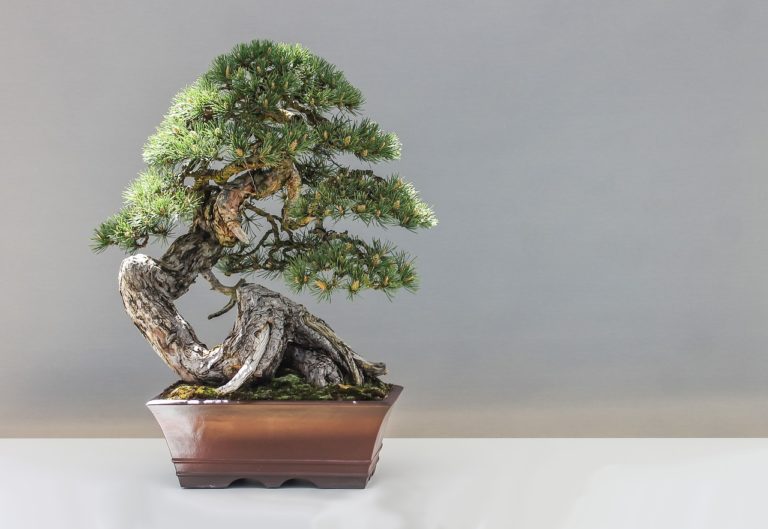We’ve all seen bonsai trees: perfect miniature trees kept in a small pot and trimmed to perfection. The ancient Japanese art is much more than that, however.

Its roots go back all the way to the sixth century, when members of the Japanese embassy and students of Buddhism returned from their journeys through China and brought back plants in containers, according to Open Culture. The Japanese fell in love with the foreign plants, developing their own way of growing the trees and shrubs and eventually, it became an art form.
The practice prizes the qualities of symmetry, meticulous detail, proportion, balance and ultimately, aims for perfection. The trick here, is that the trees live for many years and so requires ever more attention to be maintained.
‘They’re always growing,’ said Jack Sustic, curator of the video Bonsai will make you a better person. ‘They’re always changing. It’s never a finished artwork,’ he adds.
A term often used in bonsai art is Wabi sabi, defined as ‘the Japanese art of finding beauty in imperfection and profundity in nature, of accepting the natural cycle of growth, decay, and death.’
So it’s clear, then, that this art form is only for the devoted, but it can be very rewarding.
Bonsai art became popular as a hobby in South Africa during the 1950s, and can symbolise celebration and success as many people give them as gifts or plant or buy one for themselves to mark big occasions.
Caring for a bonsai can be therapeutic and will impart much wisdom to the artist, teaching patience, creativity and existence in harmony with nature. Seeing something grow and thrive is deeply satisfying, as any gardener would know.
So as we have a few more days left inside, why not take up this noble art? You might find yourself not wanting to leave the house as much after all!
Image: Pixabay

















